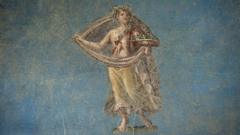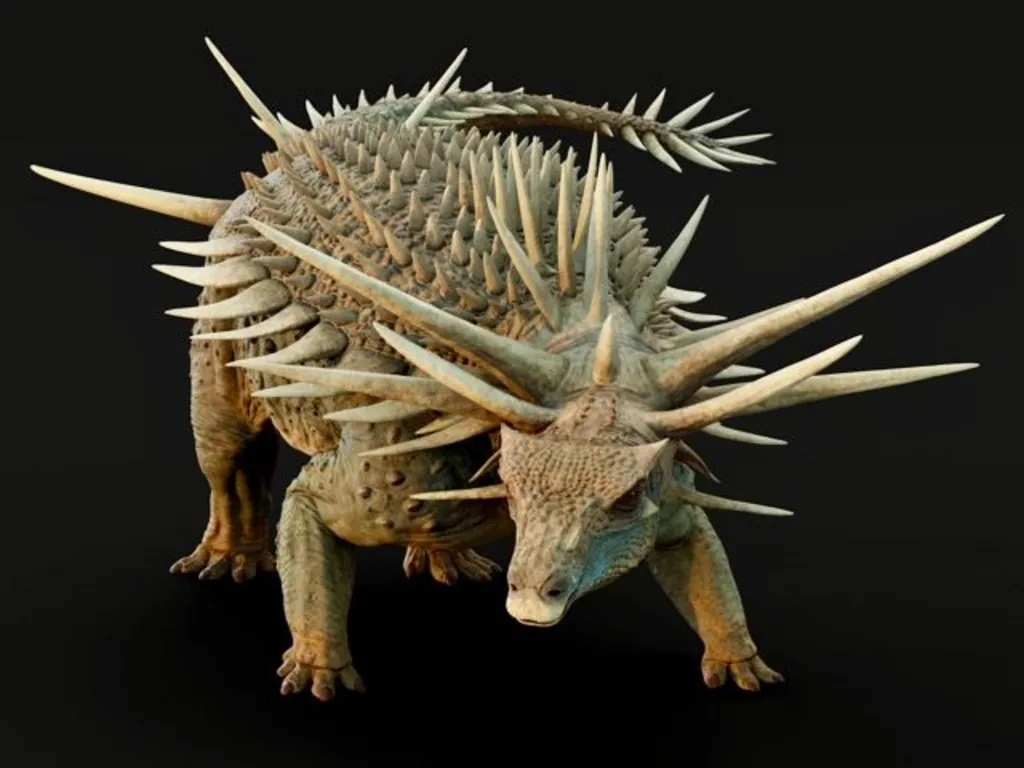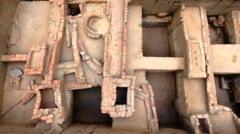After two millennia lying beneath layers of volcanic ash and rock, Pompeii has unveiled a "once-in-a-century" find: an extraordinary private bathhouse, potentially the largest one ever discovered in the ancient Roman city. This opulent complex, which includes hot, warm, and cold rooms, breathtaking artwork, and a massive plunge pool, was uncovered amid ongoing excavations that have revealed a grand residence previously concealed by volcanic debris. Dr. Gabriel Zuchtriegel, the director of the Archaeological Park of Pompeii, highlights the remarkable state of preservation within this space, saying, "It's almost as if the people had only left a minute ago."
Analysis of two skeletons found in the bathhouse starkly demonstrates the devastating impact of the eruption of Mount Vesuvius in AD 79. Researchers discovered the remains of a woman in her late thirties to early fifties, who was found clutching coins and jewelry, alongside a young man in his late teens or early twenties. Their tragic end came as they sought refuge in a small room, only to be overtaken by a lethal wave of superheated gas and ash—a pyroclastic flow.
The ongoing excavation effort, the most extensive in recent years, has led to the revelation of an entire block within Pompeii, which contains additional structures such as a bakery and laundry, likely owned by a single affluent individual. Archaeological findings indicate that this individual may have been Aulus Rustius Verus, a prominent political figure in Pompeii, further confirmed by the impressive nature of the bathhouse, a privilege usually reserved for the wealthiest citizens.
The bathhouse features an array of lavish compartments, including a vibrant changing room with a mosaic floor and stone benches, a hot room, a warmly-painted oil room for skincare, and a stunning cold room adorned with frescoes, where visitors could immerse themselves in a large plunge pool accommodating up to thirty bathers.
Remarkable decorations and architectural achievements extend beyond the bathhouse, with previous discoveries in the household indicating a grand banqueting hall adorned with black walls and exquisite artwork, juxtaposed against a somber area where the remains of two individuals were found. While one victim's bones exhibited signs of wear indicative of a lower status, the other appeared likely to have been of higher societal standing.
Among the treasures unearthed alongside the victims are coins, jewelry, and an array of artisan-crafted items, preserved within Pompeii’s storage for archaeological evaluation. Archaeologist Dr. Alessandro Russo remarks on the significance of these artifacts, which not only illustrate daily life but enhance the connection between ancient times and our contemporary world.
This monumental discovery also highlights a stark contrast between the luxurious existence of the residents and the harsh reality faced by the enslaved individuals responsible for maintaining the bathhouse’s operations. As excavations draw to a close, Dr. Anna Onesti emphasizes the continuous surprises unearthed, promising that this archaeological endeavor will ultimately provide invaluable insights into Pompeii's historical narrative, with plans to open the site fully to the public soon.






















